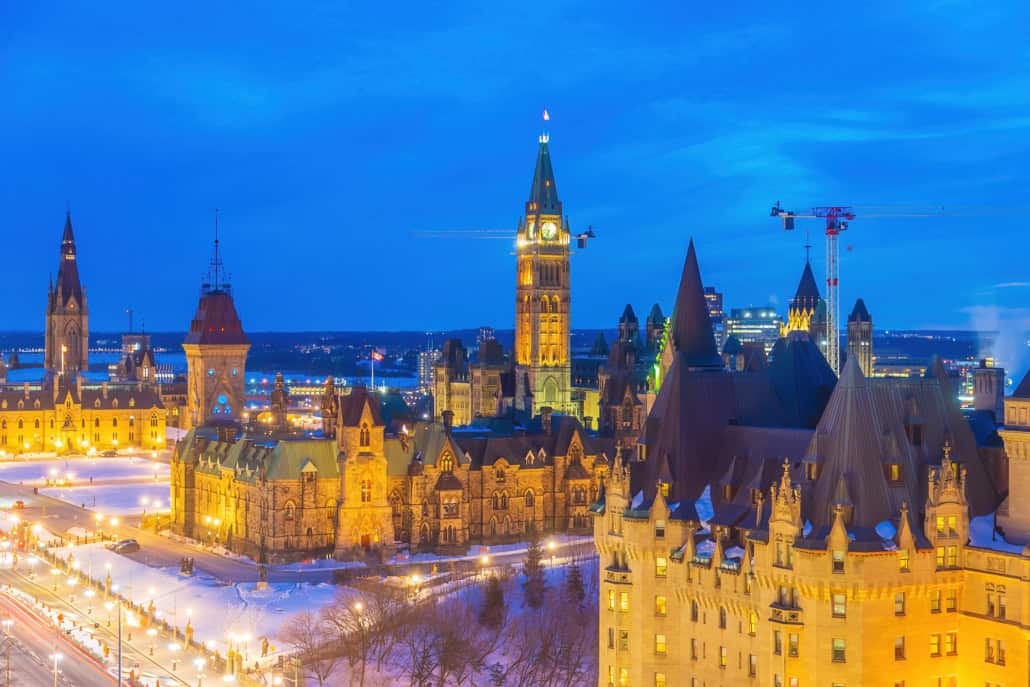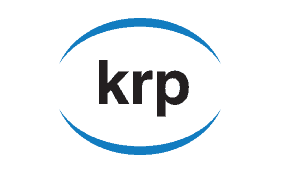Ottawa announces deferral of proposed capital gains inclusion rate increase

In a major policy shift, the federal government has announced that it will defer implementation of the proposed capital gains inclusion rate increase to January 1st, 2026. The proposal was to take effect on June 25th, 2024, though the legislation to implement the increase had yet to receive royal assent.
The measure would increase the capital gains inclusion rate from one-half to two-thirds on individual capital gains of more than $250,000 per year, along with all annual capital gains realized by corporations and most trusts.
Curiously, the government took the opportunity to announce that the Principal Residence Exemption, which excludes the proceeds from the sale of a primary residence from capital gains taxes, would remain tax exempt. It reaffirmed plans to increase the Lifetime Capital Gains Exemption to $1.25 million from the current $1,016,836 on the sale of small business shares and farming and fishing property, while promising to introduce the proposed Canadian Entrepreneurs’ Incentive, which reduces the inclusion rate to one-third on a lifetime maximum of $2 million in eligible capital gains. The effective date for the LCGE change was June 25th, 2024, while the Canadian Entrepreneurs’ Incentive would take effect for the 2025 tax year. The federal government is promising legislation to enact the capital gains and LCGE changes, and to implement the new Canadian Entrepreneurs’ Incentive, “in due course.”
The announcement is a positive development for corporations and taxpayers who can now rest easy knowing that the capital gains inclusion rate increase has been postponed. It cancels out two sub-optimal scenarios in which taxpayers would either need to pay the one-half inclusion rate on capital gains and face the risk of potential interest and late-filing penalties if the measure proceeds, or seek a refund after paying the two-thirds rate in the event that the measure was eventually reversed.
But there is still a considerable lack of clarity around the matter.
Some Liberal leadership candidates and Conservative leader Pierre Poilievre have indicated their intention to scrap the proposed measure. With Parliament prorogued until March 24th, 2025, the Liberals may not be able to pass the legislation necessary to enact the capital gains inclusion rate increase or any of the measures that it today reaffirmed plans to implement.
In the coming weeks, the Trudeau government could fall on a non-confidence motion when parliament resumes, sparking an election. If the Liberals were to instead remain in power until the fixed election date in October, they could potentially enact these tax changes. In other words, all or none of these measures could be implemented in the months ahead.
“The deferral of the increase to the capital gains inclusion rate will provide certainty to Canadians, whether they be individuals or business owners, as we quickly approach tax season,” Finance Minister Dominic LeBlanc said in today’s announcement. “Given the current context, our government felt that it was the responsible thing to do.”
The government’s unwillingness to listen to stakeholders in the business and tax community, and their reluctance to announce the deferral earlier, is the opposite of responsible governance. It is yet another example of a government tax policy reversal at the eleventh hour (as with the introduction of Underused Housing Tax and bare trust reporting rules). In fact, the CRA was supposed to be releasing tax forms today that would account for the inclusion rate increase.
How much time has been invested and resources spent to comply with a measure that will likely never see the light of day, but which the government insisted would be implemented? Even its chief proponent, former Finance Minister and current Liberal leadership candidate Chrystia Freeland, is renouncing the measure. How many consequential tax planning decisions were made in good faith and in the belief that the federal government was serious about administering this change? And that’s before trying to account for the potential impact that the proposed measure has had on investment and innovation.
In the end, the taxpayer wins—at least for now. You can expect continued updates as the situation develops and the eventual fate of the capital gains inclusion rate increase is confirmed.
Armando Iannuzzi, Co-Managing Partner
If you have questions about capital gains inclusion rate changes, contact a member of our team.


